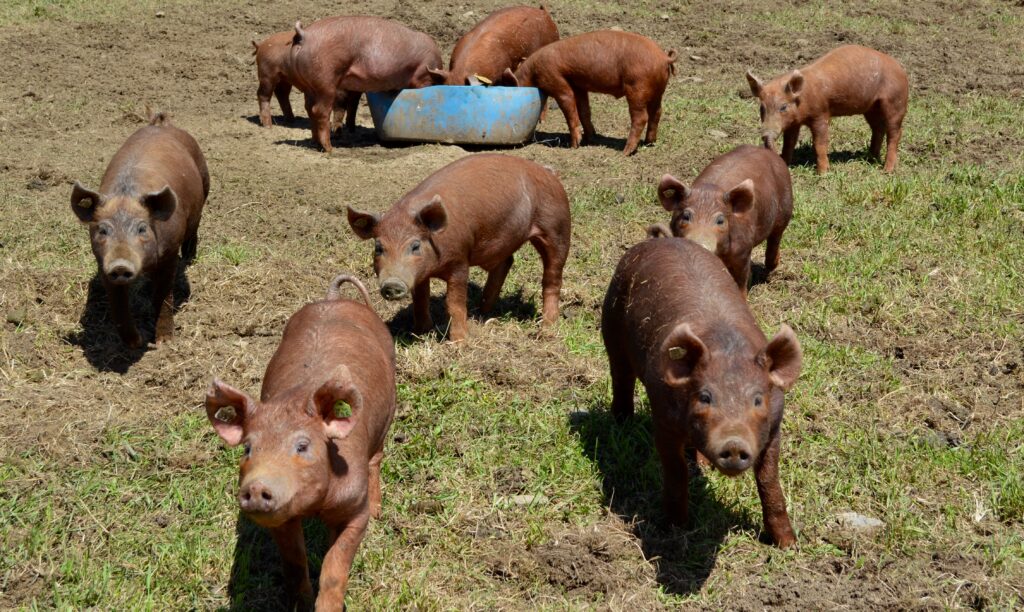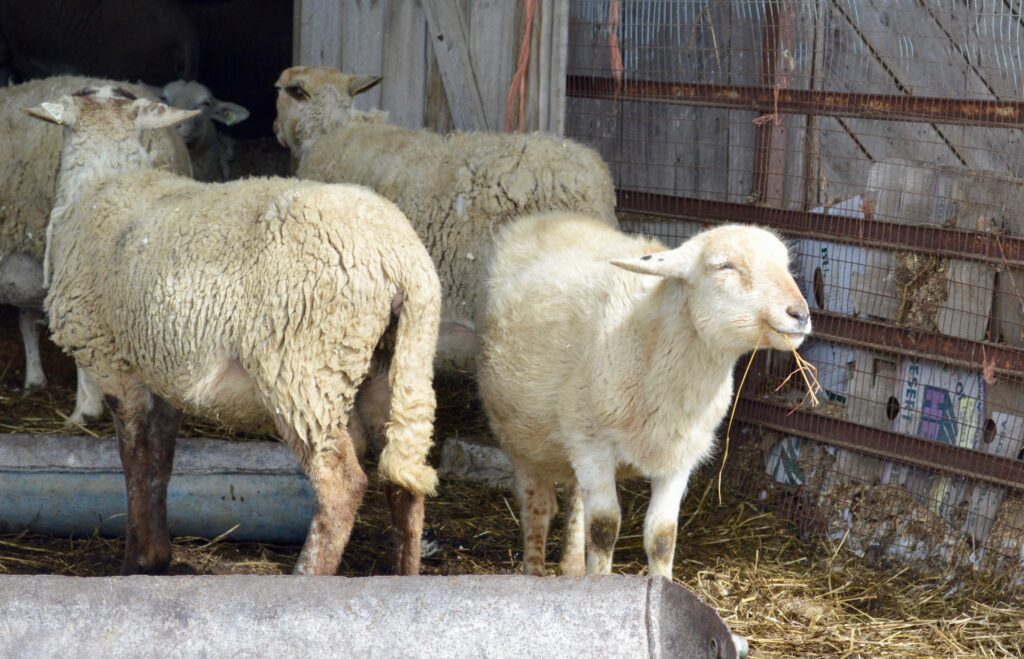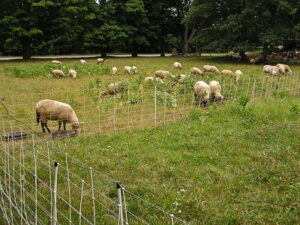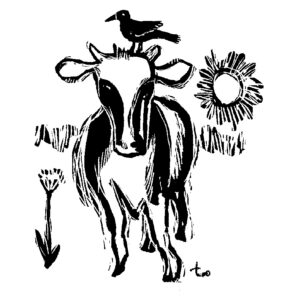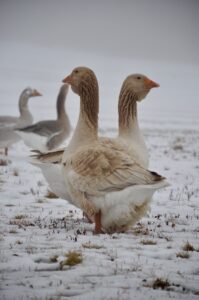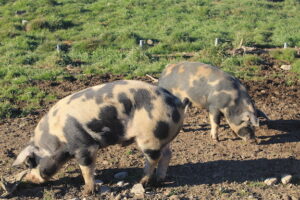Why Would We Bother to Trim Hooves?
By Jacki Martinez Perkins, MOFGA’s Organic Dairy and Livestock Specialist The knowledge base for all farming endeavors needs to be extensive, but one major difference we see between livestock production and crop production is the year-round care and maintenance of a key source of revenue: the livestock themselves. Good quality feed and water keep them
